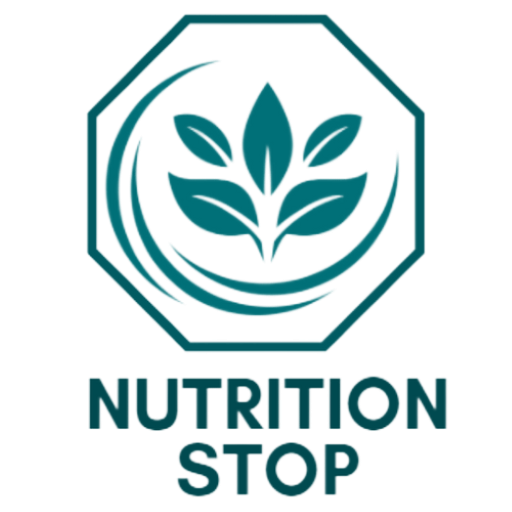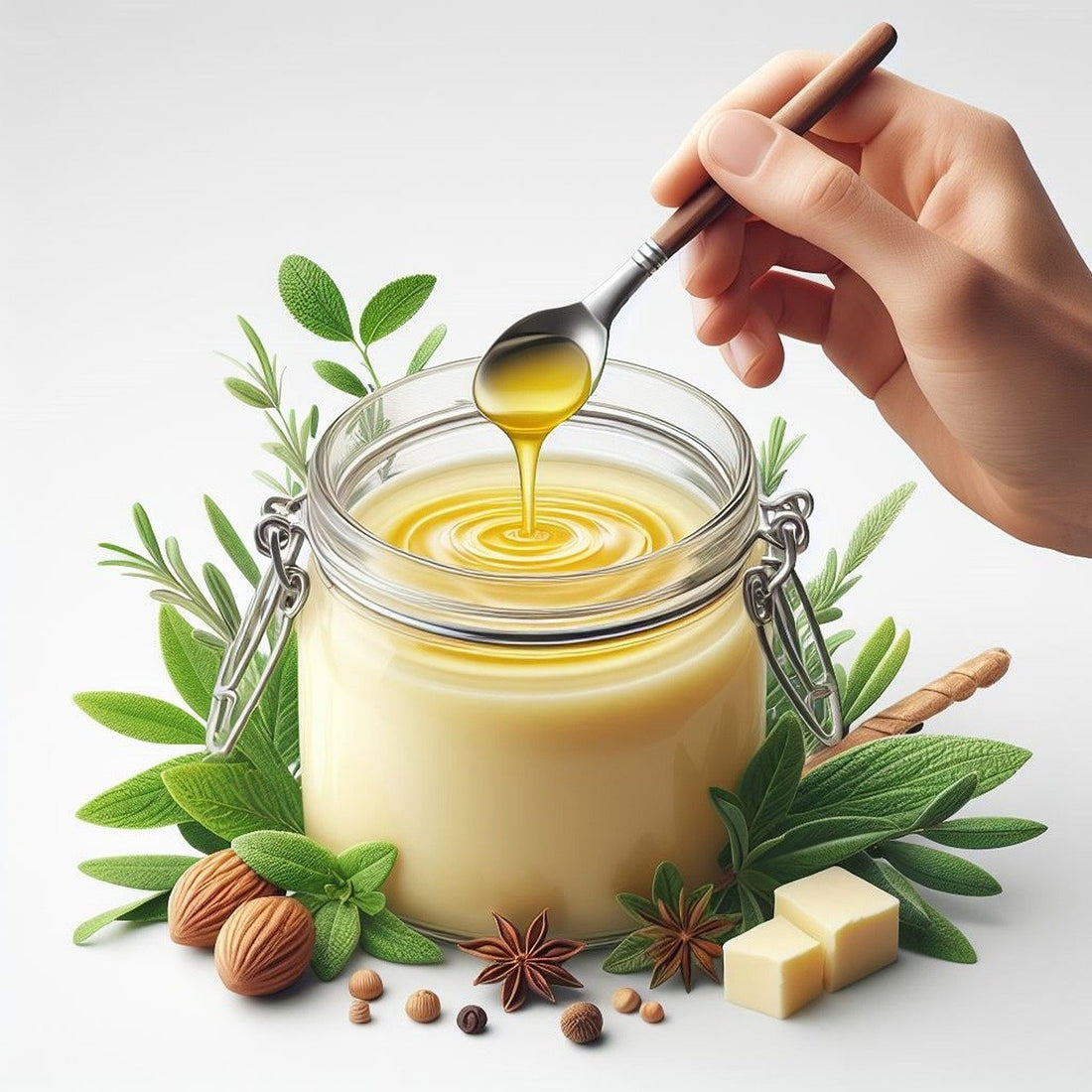In the realm of culinary delights, few ingredients evoke the same sense of reverence and fascination as ghee. This golden elixir, revered for its rich flavor and numerous health benefits, has been a staple in traditional Indian cuisine for centuries. But what exactly is ghee, and why is it considered healthier than regular butter? In this blog post, we'll explore the art of making ghee at home and delve into the reasons why it's a nourishing addition to your diet.
What is Ghee?
Ghee, also known as clarified butter, is made by simmering butter and removing the milk solids and water content. What remains is a pure, golden liquid with a rich, nutty flavor and a high smoke point. This process not only enhances the flavor of the butter but also concentrates its nutritional properties, making ghee a valuable ingredient in cooking and Ayurvedic medicine.
Health Benefits of Ghee:
-
Lactose and Casein-Free: Ghee is free from lactose and casein, two components of dairy that can cause digestive issues for some individuals. This makes ghee suitable for those with lactose intolerance or dairy sensitivities.
-
High Smoke Point: Ghee has a high smoke point, around 485°F (250°C), which makes it ideal for high-heat cooking methods such as frying and sautéing. Unlike butter, which can burn and produce harmful compounds at high temperatures, ghee remains stable and retains its nutritional integrity.
-
Rich in Fat-Soluble Vitamins: Ghee is a concentrated source of fat-soluble vitamins such as vitamin A, D, E, and K. These vitamins play crucial roles in immune function, bone health, and vision, among other functions.
-
Contains Butyric Acid: Ghee contains butyric acid, a short-chain fatty acid with anti-inflammatory and gut-healing properties. Butyric acid supports the health of the intestinal lining and may help alleviate symptoms of digestive disorders such as irritable bowel syndrome (IBS) and Crohn's disease.
-
Supports Weight Management: Despite its high fat content, ghee can support weight management when consumed in moderation. The medium-chain fatty acids in ghee are easily metabolized by the body and can be used as a source of energy, rather than being stored as fat.
How to Make Ghee:
-
Start with high-quality unsalted butter, preferably organic and grass-fed - start with at least one stick, more can be used.
-
Cut the butter into cubes and place them in a heavy-bottomed saucepan.
-
Melt the butter over low to medium heat, then reduce the heat to a simmer.
-
As the butter simmers, foam will rise to the surface. Skim off the foam gently with a spoon.
-
Continue simmering until the ghee turns golden brown and fragrant, and browned bits form at the bottom of the saucepan.
-
Remove the saucepan from heat and let the ghee cool slightly.
-
Strain the ghee through a cheesecloth or fine mesh strainer into a glass jar or container.
-
Store the ghee in a cool, dark place. It does not require refrigeration and has a long shelf life.
Ghee is not only a flavorful cooking fat but also a nutritional powerhouse packed with health benefits. By making ghee a part of your culinary repertoire, you can enhance the flavor of your dishes while supporting your overall health and well-being. Whether drizzled over roasted vegetables, used in baking, or simply spread on toast, ghee adds a touch of indulgence and nourishment to every meal. Embrace the ancient wisdom of ghee-making and experience the transformative power of this liquid gold in your kitchen.

